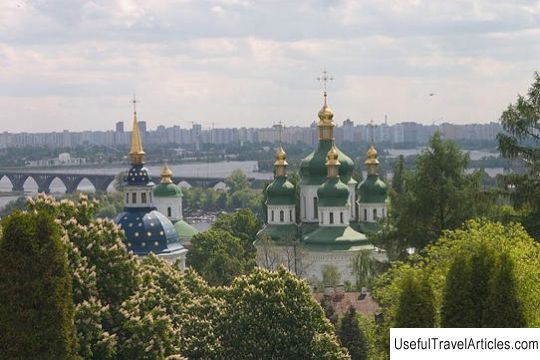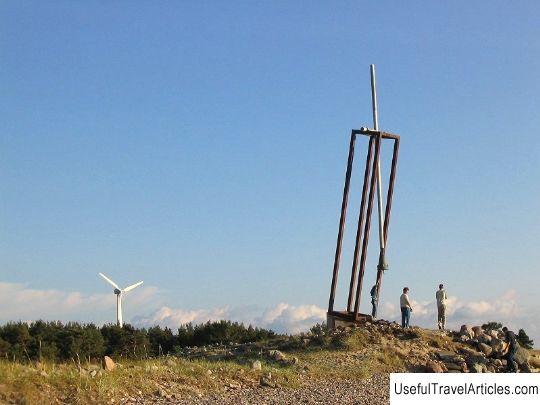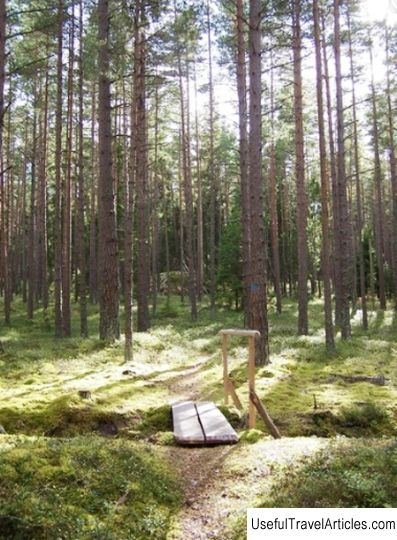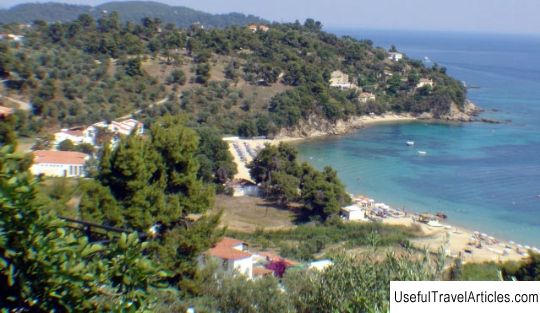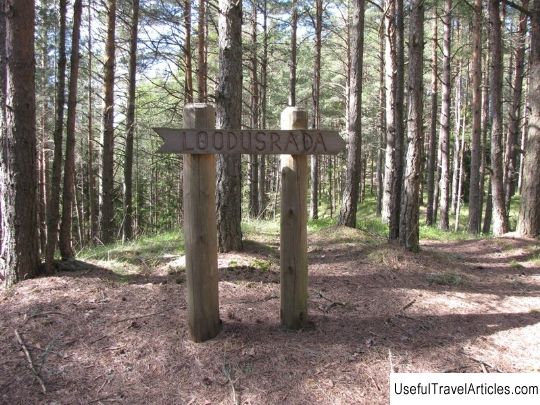Kopu lighthouse (Kopu tuletorn) description and photos - Estonia: Hiiumaa island
Rating: 7,5/10 (100 votes) 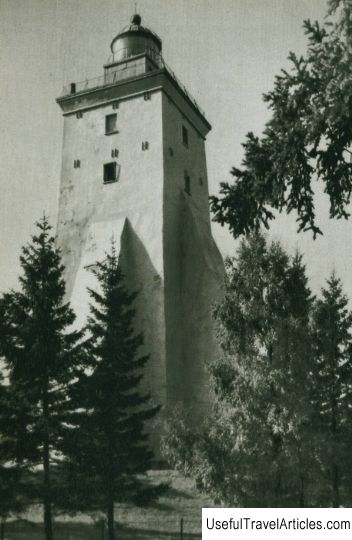
Kopu lighthouse (Kopu tuletorn) description and photo - Estonia: Hiiumaa Island. Detailed information about the attraction. Description, photographs and a map showing the nearest significant objects. The name in English is Kopu tuletorn. Photo and descriptionThe Kopu lighthouse, located on the island of Hiiumaa, is today the oldest operating lighthouse in the world. The construction of the lighthouse began in 1505 and lasted 26 years with interruptions. For the first time, a fire on the top of the tower was lit in August 1531. The lighthouse tower already at that time was a four-sided prism with powerful buttresses in the direction of the main compass divisions. Up to 24 meters in height, the tower is laid out of solid cobblestone tied cement. At a height of 24 meters, there was the first lower room, where the ministers were accommodated. This room had 2 windows facing east and west. There was another one above this room, in which there was a winch for lifting firewood. Above the upper room there was a platform where a fire from firewood was laid out on a grate. In calm, clear weather, the fire was visible from afar - 15 miles, but in a storm the fire was often flooded or scattered by the wind. Previously, the lighthouse was called Daguerort - from the Swedish dager - `` day, daylight, light ''; and ort - `` place, edge, point '', and also `` cape. '' The height of the lighthouse increased to 36.5 m in 1659 under the Swedes, when it was leased to Thimen Cornelis. In 1660 Count Axel Julius de la Gardie bought the island together with the lighthouse from the Swedish government with the obligation to illuminate the tower for a fee. During the time of Peter I, duties were collected from all ships passing by Dago to Vyborg, Revel, Vyborg and Nyenskans. Thus, Daguerorte lighthouse was the first in the Russian waters of the Baltic Sea, which served, among other things, and for commercial purposes. At this time, the lighthouse was regularly illuminated from March 15 to April 30 and from August 15 to December 30. In 1776, the lighthouse with the Khorenholm estate was handed over to Countess Ebbe Margarita Steenbock. In 1792, Baron Roman Ungern-Sternbert bought this estate. Every year the baron asked the state for an amount of 5,000 rubles in silver to illuminate the lighthouse. The fact is that over the long years of the lighthouse's existence, the forest around it was cut down long ago and firewood had to be brought from afar, which was not cheap. Initially, about half of the required amount was allocated from the treasury. And in 1796 they stopped paying at all. However, the baron, until 1805, maintained the lighting of the lighthouse. He distributed the supply of firewood among the residents of the nearest peasant households, freeing them from other work. Since 1805 the lighting of the lighthouse was taken over by the Russian state. Repairs were immediately carried out. A lantern was placed in the upper part, which was illuminated by 23 oil lamps. In 1845, the tower was repaired again, at which time the lighthouse was illuminated for 10 months a year - from July 1 to May 1. The lamps were lit at sunset and extinguished at dawn. In 1860, improved lighting of the lighthouse was installed, with a fire visibility at a distance of up to 50 km. The lighthouse was serviced by a team of 7 people, one of whom was constantly in the wind. In 1883, a telegraph station was installed at the Kipusky lighthouse. A rescue station was located near the lighthouse, the duties of which included warning ships approaching too quickly and providing assistance to those in distress. In 1898 instead of telegraph equipment, a telephone exchange was placed. In 1901, the tower was overhauled again. In the same year, the lighthouse was equipped with the latest light-optical system, acquired in Paris at the 1900 World Exhibition. In 1940, a power line from the state grid was brought to the Kipusky lighthouse. The lighthouse is strong suffered during the Second World War. However, the destruction was not fatal and, thanks to the powerful and durable stone walls, the tower was quickly restored. In subsequent years, the lighthouse lighting was modernized. In 1957, a complete overhaul of the Kypu lighthouse was carried out. However, it was not possible to completely stop the destruction of the tower, and in 1982 repairs were carried out again, the area around the lighthouse was landscaped. A light-optical apparatus EMV-930M was also installed with a range of fire visibility of 26 ... 30 miles. In August 2011, the Kopu lighthouse turns 480 years old. According to its tenant Jaan Puusepp, the lighthouse is visited annually by about 30 thousand tourists. And in recent years, more and more people come to look at it from different parts of the world.         We also recommend reading Thalang description and photos - Thailand: Phuket Island Topic: Kopu lighthouse (Kopu tuletorn) description and photos - Estonia: Hiiumaa island. |
